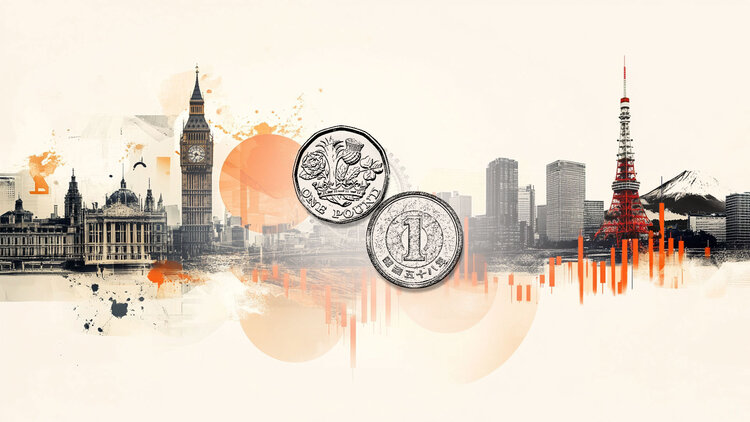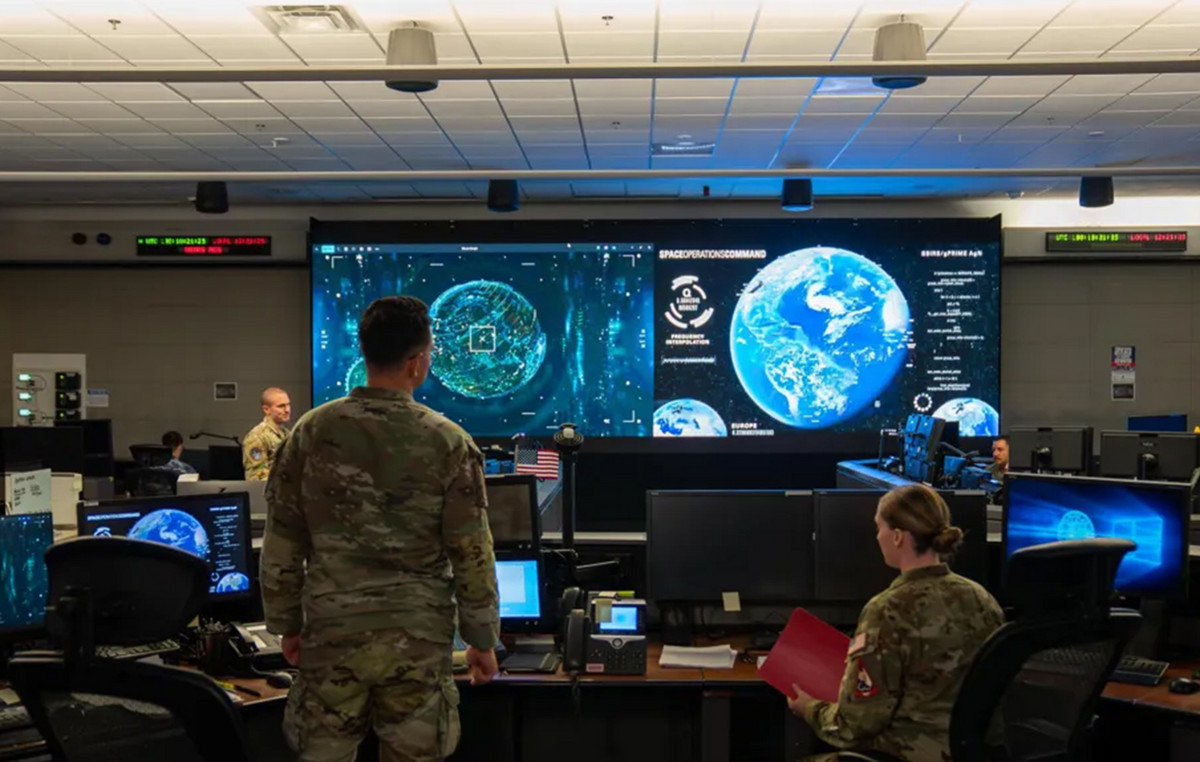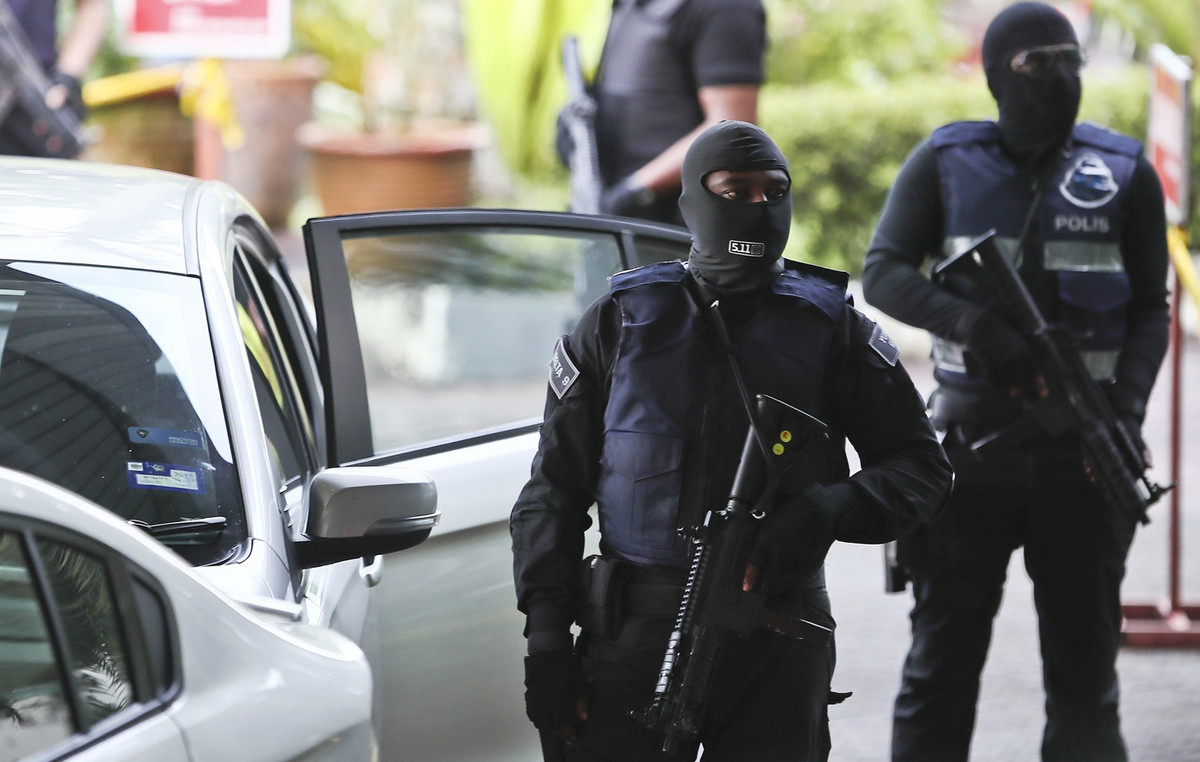In the Faroe Islands the wild and unpredictable weather — with strong winds, heavy rain and thick fog that settles like a curtain — can sometimes make traveling by car or ferry difficult. No wonder the Faroese love their tunnels.
They have already built 17 tunnels on land and four underwater — including the world’s only underwater tunnel with a roundabout on the seabed.
This network of tunnels facilitates circulation in the autonomous archipelago that is part of the Kingdom of Denmark.
“Although we are 18 islands, we often joke that, because of the tunnels, we defy the fact that we are islands,” he says Súsanna Sørensen marketing manager at Visit Faroe Islands.
Located in the North Atlantic, between Iceland and Scotland, the volcanic and preserved landscapes of the Faroe Islands enchant visitors.
The two newest underwater tunnels are also a real highlight.
“These tunnels are our Eiffel Tower or Big Ben”, he says Teitur Samuelsen CEO of the company that operates the tunnels, Eystur-og Sandoyartunlar. “People, especially tourists, pass by just to see the art.”
Art? Yes, that’s right. An impressive fusion of art and engineering .
Tunnel with sculpture

Every day, more than 6,000 vehicles pass through the nearly 11-kilometer underwater tunnel that connects Streymoy, the largest Faroe island and home to Tórshavn (one of the world’s smallest capitals), to Eysturoy, the second largest island in the archipelago.
In addition to the stunning natural landscapes, Eysturoy is the stage for G! Festival an internationally renowned music event held every July in the seaside village of Syðrugøta.
The construction of the Eysturoy tunnel took around four years, opening in December 2020.
These underwater tunnels are made using the drill and blast method: drilling through basalt rock — a resistant igneous rock — and then filling the holes with dynamite.
At its deepest part, the tunnel is approximately 187 meters below sea level. Although the idea of having the North Atlantic overhead may cause some nervousness, it is possible to rest assured about safety, according to Samuelsen.
“The tunnels were designed by the best engineers and geologists in the world, so safety in relation to the ocean above is not an issue,” he says.
In fact, the crossing is almost magical, with the highlight being a sculptural roundabout with ever-changing colors, so impressive that some compare it to the aurora borealis or jellyfish glistening in the sunlight.
“The roundabout — nicknamed the ‘medusa’ — is, without a doubt, a tourist attraction,” says Sørensen. Many drivers take several turns to enjoy the mesmerizing scene.
Faroese artist Tróndur Patursson was responsible for creating this vibrant installation. But Why invest time and money placing art in underwater tunnels?
“We have really good arts in the Faroe Islands and we would like to support our artists. Furthermore, this breaks up the monotony of a long, dark tunnel, which is also good for driver safety,” says Samuelsen.
When this tunnel was built, a natural basalt column was left in the center of the roundabout, where the tunnel branches towards Strendur and Rókin, on the banks of an Eysturoy fjord.
The central column, which radiates clouds of color, is surrounded by a striking steel sculpture. Drivers observe a steel ring with life-size silhouettes of people, holding hands, looking towards the center and the constantly changing lights.
Patursson said his intention was to represent how the Faroese, despite living in a harsh environment, are resilient and united, achieving their goals by working together. For many, the circle of interconnected figures recalls the traditional chain dance of the Faroe Islands, observed during National Day, on July 29th.
In addition to the visual part, the tunnel is also filled with sound art .
Musician Jens L. Thomsen composed the ethereal soundscape that can be heard by tuning to FM97 while heading through the tunnel.
The experience was created from recordings of the sounds of construction and the silence of the tunnel, explains Thomsen. “Instead of using conventional instruments, this technique allowed me to find the ‘voice’ of the tunnel,” he says.
Luminous totems
The Eysturoy Tunnel isn’t the only stunning underwater experience.
Since December 2023, Streymoy and the small island of Sandoy have been connected by the latest underwater tunnel, the Sandoy Tunnel .
Around 1,000 vehicles cross the 10 kilometers of tunnel, which reaches 155 meters below the level of the Atlantic.

The visual and sound art is also fascinating here. Along the sturdy basalt walls, nearly a dozen luminous images reference characters from Faroese folklore, such as a bishop with a battle axe, an old witch and a seal woman.
This creation is Edward Fuglo an important local artist, who created a contemporary reinterpretation of ancient cave paintings. It also depicts birds in honor of Díðrikur á Skarvanesi, the first known visual artist from the Faroe Islands.
The acoustic landscape was created by Faroese composer Sunleif Rasmussen.
“I had a dream about the melody,” says Rasmussen. He used some sounds from the tunnel itself, such as the dripping of water during construction, as well as music from the lead singer of the pop group Snowflakes to produce this inventive electro-acoustic work.
This creates a surreal experience for drivers tuning into the FM100 as they cross the tunnel towards Sandoy, where white sand beaches, large dunes — the only ones of their kind in the archipelago — and a vast lake perfect for kayaking await them.
Transformative infrastructure
“With all this well-developed tunnel infrastructure, it is easy for our visitors to move around the country,” says Sørensen.
With the roundabout tunnel, travel time from Tórshavn to the island of Eysturoy fell from 60 minutes to just 15 minutes. It is also easier to visit other islands.
“It is now possible to go from Tórshavn to Klaksvik, the second largest city, on the island of Borðoy, in just 45 minutes, instead of 75 minutes,” adds Sørensen.

The Sandoy Tunnel has been especially transformative.
“More and more people are moving to Sandoy from Tórshavn. In a village with 145 inhabitants, 10 apartments are under construction. This is a lot for us,” he says. Barbara av Skardi a resident who would never have considered moving to Sandoy if it weren’t for the tunnel.
“During the winter, the ferry would sometimes not leave for days due to strong winds and unpredictable currents,” he explains.
New businesses are popping up, and others are seeing an increase in visitors.
“Because of the tunnel, my wife, Barbara, and I moved back to Sandoy and opened Café Retro,” he says Dávur Jacobsen co-owner of the establishment.
According to Ólavur Jøkladal director of the Sandur Art Museum, “The number of visitors has more than doubled since the tunnel opened.”
These inventive underwater creations unite art and technology marking a new era of connectivity for these remote islands.
See 5 hotels in Canada that are surrounded by forests and wildlife
The post Underwater tunnels between islands in Iceland and Scotland combine art and engineering appeared first on CNN Brasil V&G.
Source: CNN Brasil
Johanna Foster is an expert opinion writer with over 7 years of experience. She has a reputation for delivering insightful and thought-provoking articles on a variety of subjects. Her work can be found on some of the top online news websites, and she is currently lending her voice to the world stock market.







